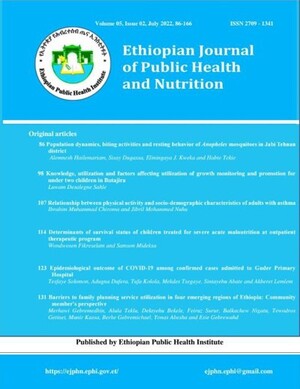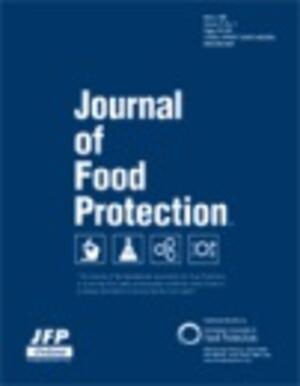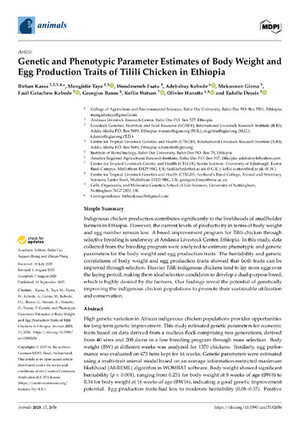
On-Farm Evaluation of Genotype by Environment Interaction on Egg Production Traits of Exotic Chicken at Selected Zones of Amhara Region, Ethiopia
Abstract
The current study was conducted in the Awi and West Gojam zones of the Amhara region with the main objective of evaluating genotype by environment interaction on egg production traits of exotic chicken. The districts of Banja and Fageta Lekuma from Awi and South Achefer district from West Gojam zone were selected purposively. Age at first egg, egg laid/week/hen and egg weight data were obtained from the ACGG project. Factorial analysis of variance using R software was used. Based on these study results, G*E interaction revealed a significant effect on average egg number per week per hen and age at first egg, whereas it was non-significant on hen day egg production (HDEP) and egg weight traits. All breeds scored a statistically similar number of eggs/week/hen within all districts during the 20-72 week egg laying period. The highest and lowest total collected eggs per year were observed by Koekoek (215) in South Acheferand by Kuroilor (133) in Fagta Lekoma district, respectively. Sasso laid the first egg earlier in Banja. In comparison to the other chicken breeds, Kuroiler and S-RIR in Fagta Lekoma and Koekoek in South Achefer district laid the first egg earlier. All breeds scored a higher %HDEP in Banja than in Fagta Lekoma during 20-72 weeks. At this age, all breeds except Koekoek exhibited higher egg weight in Fagta Lekoma than in Banja. Overall, the current study found that Koekoek was more productive and should be used for egg production to increase chicken production potential at scavenging with little supplementation in a small-holder production system.
Citation
Bekele, A., Tadesse, Y., Dessie, T., Esatu, W. and Worku, S. 2022. On-Farm Evaluation of Genotype by Environment Interaction on Egg Production Traits of Exotic Chicken at Selected Zones of Amhara Region, Ethiopia. International Journal of Advancement in Life Sciences Research 5(3):29-40.










